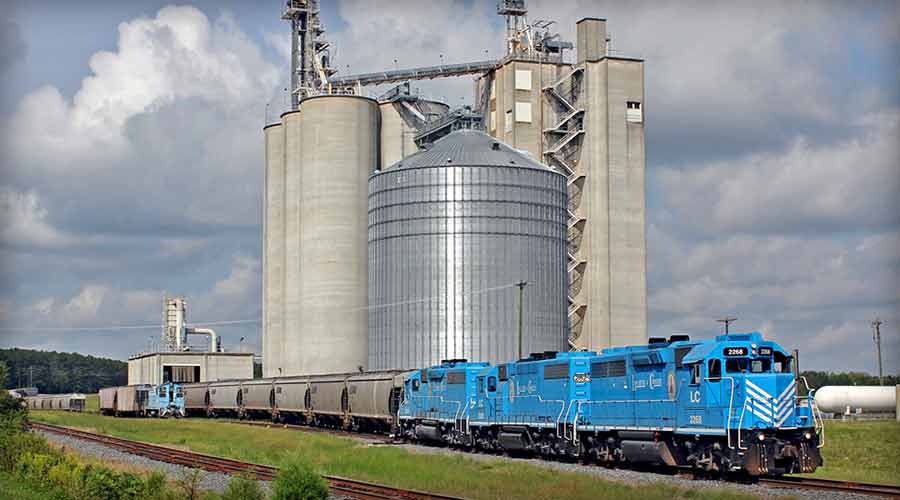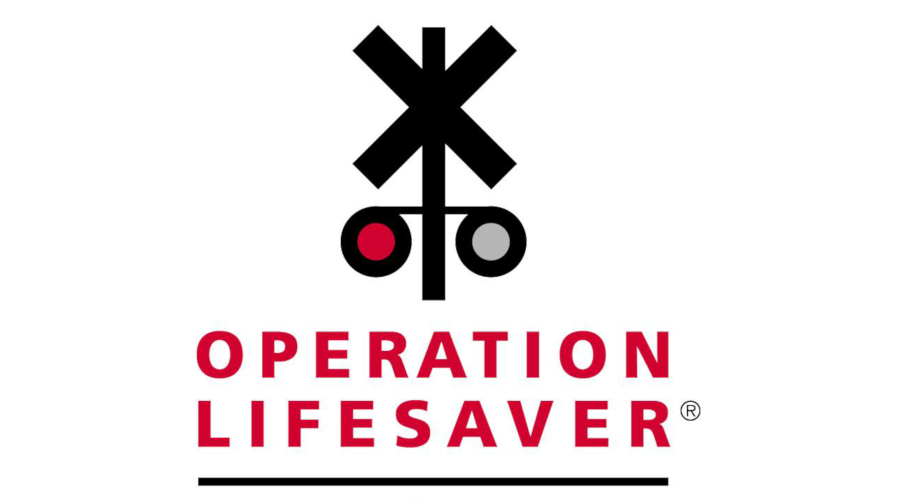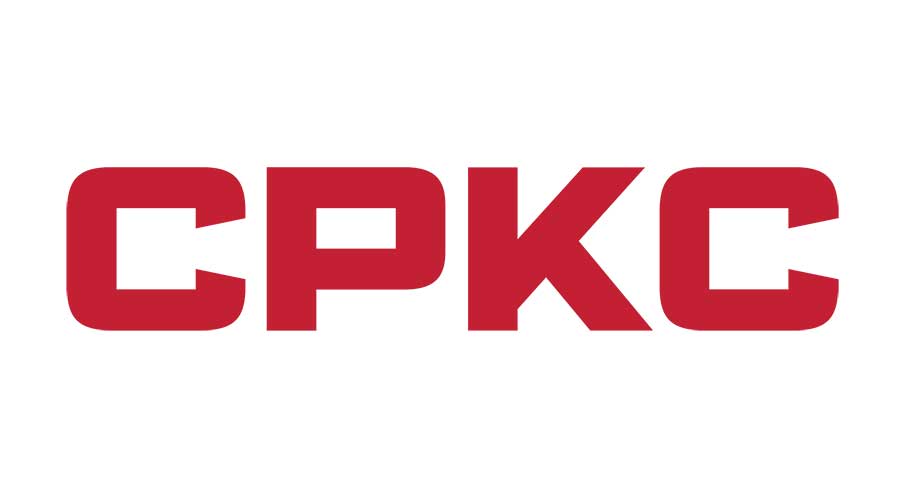Newsletter Sign Up
Stay updated on news, articles and information for the rail industry
Stay updated on news, articles and information for the rail industry
RAIL EMPLOYMENT & NOTICES
Rail News Home
Rail Industry Trends
Rail News: Rail Industry Trends
Fuel surcharges imposed by the Class Is generate revenue that exceeds actual diesel costs, are determined by a wide range of factors that aren’t relevant to the amount of fuel consumed for a particular shipment and are unfairly assessed as a percentage of the freight rate. Those are some of the gripes voiced by rail shippers yesterday during the Surface Transportation Board’s fuel surcharge hearing in Washington, D.C. Shippers called on the board to review individual railroad’s fuel surcharge programs and establish acceptable parameters for imposing surcharges if the Class Is fail to make voluntary changes within a reasonable time.
Revenue generated by surcharges “greatly exceeds” actual fuel costs because of flaws in the methodologies used to calculate surcharges, said American Chemistry Council (ACC) Senior Director for Distribution Tom Schick. Surcharges have cost shippers about $1 billion in overcharges, according to ACC estimates.
Railroads should report their actual fuel costs in a consistent and comprehensive manner so the STB, shippers and Congress can accurately determine the revenue obtained from surcharges, said Schick.
“We recommend replacing reliance on non-railroad measures of fuel costs with a simple process using the railroad’s own measurement of fuel cost increases,” he said.
Surcharges should be cost-based and “reasonably related” to actual fuel expenses and not a “profit-enhancing device,” said National Industrial Transportation League officials. If properly structured, surcharges are an appropriate method for recovering extraordinary changes in fuel costs, they said.
On a system-wide basis, Norfolk Southern Corp.’s surcharge was about $79 more per car than the railroad’s increased market cost for fuel and CSX Transportation overcharged by at least $40 per car, according to National Grain and Feed Association officials.
“The over-compensation bias in the fuel surcharge formulas used by the eastern carriers is increasing over time,” they said.
However, shippers’ concern that CSXT is over-charging for increased fuel costs is unwarranted, said CSXT Vice President-Coal and Automotive Service Group Christopher Jenkins. The Class I has under-recovered fuel expenses each year since 2002 that total about $319 million, he said.
“While CSXT anticipates that in future years its fuel surcharge program may enable it to recover a greater proportion of its total fuel expenses, it is committed to using the surcharge for recovery of its actual increased cost and cumulative loss from increased fuel prices to ensure adequate earnings,” said Jenkins. “We will continue to monitor the program and will recalibrate it as necessary to ensure it does so.”
Union Pacific Railroad’s surcharge program doesn’t fully cover fuel cost increases either, said Executive VP and Chief Financial Officer Robert Knight Jr. In 2004 and 2005, the railroad recovered 52 percent and 74 percent of incremental fuel costs, respectively. This year, UP expects to recover about 90 percent, said Knight.
“UP must recover 100 percent of its fuel costs, but UP does not intend to recover through its fuel surcharge program more than 100 percent of its total fuel expense above 75 cents per gallon,” he said.
BNSF Railway Co. also hasn’t fully recovered fuel costs through surcharges, said EVP and CFO Tom Hund. The threshold price at which BNSF assesses surcharges is based on the historical average cost of highway diesel fuel, which has a high correlation to BNSF's diesel price, he said.
And in January, BNSF launched a mileage-based fuel surcharge program for coal and agricultural products shippers. A mileage formula is the “most reasonable approach” that better aligns the surcharge with fuel consumption based on weight, destination and fuel intensity, said Hund.
5/12/2006
Rail News: Rail Industry Trends
Rail shippers, Class Is discuss fuel surcharge programs' pros and cons at STB hearing
advertisement
Fuel surcharges imposed by the Class Is generate revenue that exceeds actual diesel costs, are determined by a wide range of factors that aren’t relevant to the amount of fuel consumed for a particular shipment and are unfairly assessed as a percentage of the freight rate. Those are some of the gripes voiced by rail shippers yesterday during the Surface Transportation Board’s fuel surcharge hearing in Washington, D.C. Shippers called on the board to review individual railroad’s fuel surcharge programs and establish acceptable parameters for imposing surcharges if the Class Is fail to make voluntary changes within a reasonable time.
Revenue generated by surcharges “greatly exceeds” actual fuel costs because of flaws in the methodologies used to calculate surcharges, said American Chemistry Council (ACC) Senior Director for Distribution Tom Schick. Surcharges have cost shippers about $1 billion in overcharges, according to ACC estimates.
Railroads should report their actual fuel costs in a consistent and comprehensive manner so the STB, shippers and Congress can accurately determine the revenue obtained from surcharges, said Schick.
“We recommend replacing reliance on non-railroad measures of fuel costs with a simple process using the railroad’s own measurement of fuel cost increases,” he said.
Surcharges should be cost-based and “reasonably related” to actual fuel expenses and not a “profit-enhancing device,” said National Industrial Transportation League officials. If properly structured, surcharges are an appropriate method for recovering extraordinary changes in fuel costs, they said.
On a system-wide basis, Norfolk Southern Corp.’s surcharge was about $79 more per car than the railroad’s increased market cost for fuel and CSX Transportation overcharged by at least $40 per car, according to National Grain and Feed Association officials.
“The over-compensation bias in the fuel surcharge formulas used by the eastern carriers is increasing over time,” they said.
However, shippers’ concern that CSXT is over-charging for increased fuel costs is unwarranted, said CSXT Vice President-Coal and Automotive Service Group Christopher Jenkins. The Class I has under-recovered fuel expenses each year since 2002 that total about $319 million, he said.
“While CSXT anticipates that in future years its fuel surcharge program may enable it to recover a greater proportion of its total fuel expenses, it is committed to using the surcharge for recovery of its actual increased cost and cumulative loss from increased fuel prices to ensure adequate earnings,” said Jenkins. “We will continue to monitor the program and will recalibrate it as necessary to ensure it does so.”
Union Pacific Railroad’s surcharge program doesn’t fully cover fuel cost increases either, said Executive VP and Chief Financial Officer Robert Knight Jr. In 2004 and 2005, the railroad recovered 52 percent and 74 percent of incremental fuel costs, respectively. This year, UP expects to recover about 90 percent, said Knight.
“UP must recover 100 percent of its fuel costs, but UP does not intend to recover through its fuel surcharge program more than 100 percent of its total fuel expense above 75 cents per gallon,” he said.
BNSF Railway Co. also hasn’t fully recovered fuel costs through surcharges, said EVP and CFO Tom Hund. The threshold price at which BNSF assesses surcharges is based on the historical average cost of highway diesel fuel, which has a high correlation to BNSF's diesel price, he said.
And in January, BNSF launched a mileage-based fuel surcharge program for coal and agricultural products shippers. A mileage formula is the “most reasonable approach” that better aligns the surcharge with fuel consumption based on weight, destination and fuel intensity, said Hund.


 2025 MOW Spending Report: Passenger-rail programs
2025 MOW Spending Report: Passenger-rail programs
 Gardner steps down as Amtrak CEO
Gardner steps down as Amtrak CEO
 Guest comment: Oliver Wyman’s David Hunt
Guest comment: Oliver Wyman’s David Hunt
 Women of Influence in Rail eBook
Women of Influence in Rail eBook
 railPrime
railPrime








